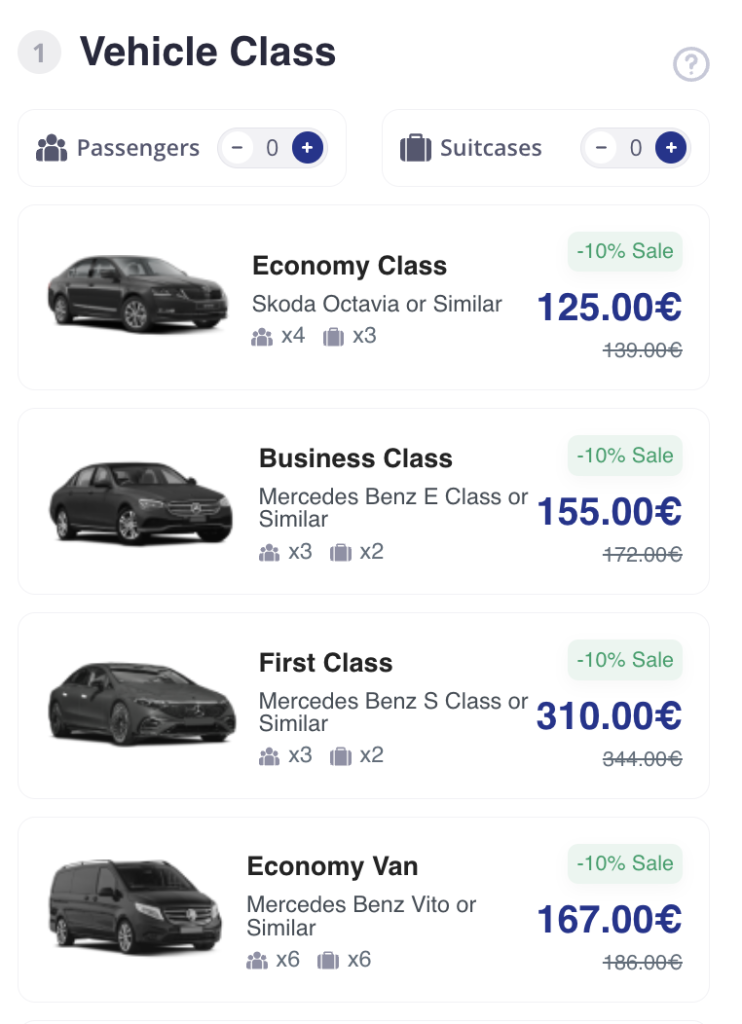In many cities worldwide, Uber-like services have revolutionized local rides by using digital platforms to connect drivers and passengers. However, the sector also has its share of grey market participants—companies operating at the edge of the law without proper transport licensing. This is a common practice in the airport transfer market, where certain platforms skirt regulation while benefiting from high demand and minimal oversight.
Below, we examine how these services often function as unlicensed grey market operators, highlight key warning signs, and explore why controlling organisations find them difficult to regulate.

1. The anatomy of a grey market operator
Traditional taxi or private-hire services must generally follow a licensing regime—covering background checks, vehicle standards, and regulated pricing. By contrast, grey market platforms:
• Avoid or overlook local transport licences, claiming to be mere tech facilitators.
• Operate beyond the reach of local enforcement agencies, often by not registering as transport service providers or operators.
• Scale rapidly, leveraging cross-border presence and user popularity to fend off stricter controls.
In the airport transfer niche, these companies take advantage of hectic travel environments, where passengers frequently book rides online—often unaware that the platforms may not have obtained the licenses required of legitimate operators.
2. Telltale signs of grey platforms in airport transfers
While each platform has its own nuances, several warning signs suggest a service may be a grey market participant:
No dedicated driver app
Traditional ride-hailing platforms (e.g., Uber) feature robust driver apps for route guidance, driver verification, and rating systems. Grey services may lack this, instead assigning drivers through manual or hidden processes with limited transparency—drivers are not truly “on the network” in real time.
Platform-set pricing (not driver-set)
In a genuine marketplace model, drivers propose or bid on trip prices, or fares reflect real-time local conditions. A grey platform unilaterally set fares, depriving drivers of any pricing autonomy. This underscores the platform’s central, transport-operator-like role—yet they still want to claim to be mere intermediaries.
Selection based on virtual categories

While legit marketplaces let you choose specific offers (e.g., from different drivers or vehicle types), grey platforms hide the driver details, presenting only “virtual categories” (Economy, Premium, Minivan). Customers never see actual carriers or licensed operators, making it difficult to verify compliance or read legitimate driver feedback.
Boosted ratings and reviews
Some grey market operators display suspiciously high Trustpilot or other third-party review scores (e.g., 4.8 or 5.0), even though major licensed platforms like Uber frequently sit at 2.0 stars on similar review sites. Inconsistent ratings can be a red flag that the platform censors negative feedback or solicits reviews in a non-transparent way.

3. How they operate under the radar
A. Fragmented regulation
Every region, airport authority, and municipality has unique transport laws. Grey operators exploit these inconsistencies—launching in places where laws are outdated or poorly enforced, and avoiding areas with strict crackdowns.
B. Global scale, local weakness
Many grey market platforms advertise worldwide, meaning local regulators struggle to trace or penalize a firm that may not even have a physical office in the region. By staying “borderless,” these companies become hard targets for traditional enforcement.
C. User demand and brand appeal
Travelers in a hurry (especially at airports) tend to go with the first convenient online option. Slick websites, guaranteed “flat fares,” and big promises overshadow the operator’s legality. As a result, these platforms gain user loyalty before authorities can react.
4. The road ahead: stronger oversight, better awareness
• Updating legislation: Cities may introduce new, clear categories for digital booking platforms, mandating driver apps, transparent pricing models, and local licensing.
• Collaborative enforcement: Airport authorities, local governments, and national agencies can share data, track IP addresses, and require official registration for any transport service operating on airport property.
• Consumer education: Clear disclaimers or advisories on airport websites and travel guides can help travelers identify whether a platform is legitimate or potentially unlicensed.
• Review transparency: Independent review platforms could tighten standards, verifying legitimate feedback and flagging suspicious five-star patterns.
Conclusion
In the airport transfer sphere, grey market platforms are gaining traction by conveniently setting prices and matching passengers to drivers under layers of digital anonymity. The warning signs—lack of a driver app, platform-dictated fares, virtual categories masking real providers, and inflated online ratings—underscore the regulatory vacuum many operate in. While their scale and popularity keep them profitable, they pose risks for passengers and undercut legitimate, fully licensed competition. Stronger laws, coordinated oversight, and more consumer awareness will be essential to bring these “Uber-like” grey market operators into compliance—or ensure travelers understand the hidden costs of a suspiciously smooth airport pickup.



Comments